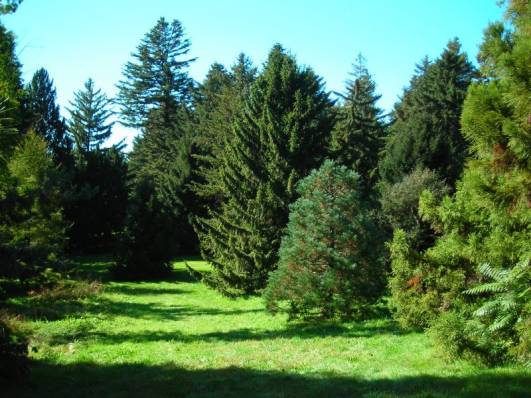The four phyla of the group gymnosperms are conifers, cycads, gnetophytes and gingko. Of these four, conifers are the most populous.

Conifers, which come under the classification of pinophyta, is the largest of the four gymnosperms, and includes firs, larches, cypresses, spruces and yews. Conifers are found in the colder regions in the world, more so in the northern, rather than southern, hemisphere. There exist 630 species of conifer.
There are around 300 species of cycads (or the division of cycadophyta) some of which look rather like palm trees, although palm trees belong to a different order of plant life. Cycads grow in tropical regions and can live to be over 1000 years old. They were the most common from of plant life in the Jurassic age.
The Rarer Members of the Family
There are only 70 species of gnetophyta, which makes it difficult for scientists to learn about the part they play in the development of the phylum of gymnosperms. They can be found in the desert areas of north Africa, central Asia and Arabia, as well as the drier mountainous regions on South America.
The ginkgo has only 1 species belonging to its order, the gingko biloba and scientists are unsure as to where it fits in with the rest of the plant kingdom, or why it survived into the modern area when the rest of its group died out in the Pliocene age. Ginkgo biloba originate in China but are grown around the world.
Learn more about the gymnosperms by watching this film: